Climate Change Factors

Since we recently hit the break-point where we're not expected to drop below 400 ppm atmospheric CO2 concentration any time soon, let's talk about where we're at and how we got there using some trend graphs. We'll look at all the natural factors and human factors that drive our climate. Along the way, we'll figure out how much impact each factor has on the overall trends in Earth's changing climate.
First of all, it's important to note global temperature trends. We're seeing a dramatic rise in average global surface temperatures trending upward far faster than we'd like.
Overall Trend:

Why has the Earth warmed up so much? Some skeptics say that it's just natural. Climate change skeptics assert that humans have had little to no impact on the current global warming trends.
Let's look at data obtained from NASA's Goddard Institute for Space Studies.
Impact of Orbital Shifts:
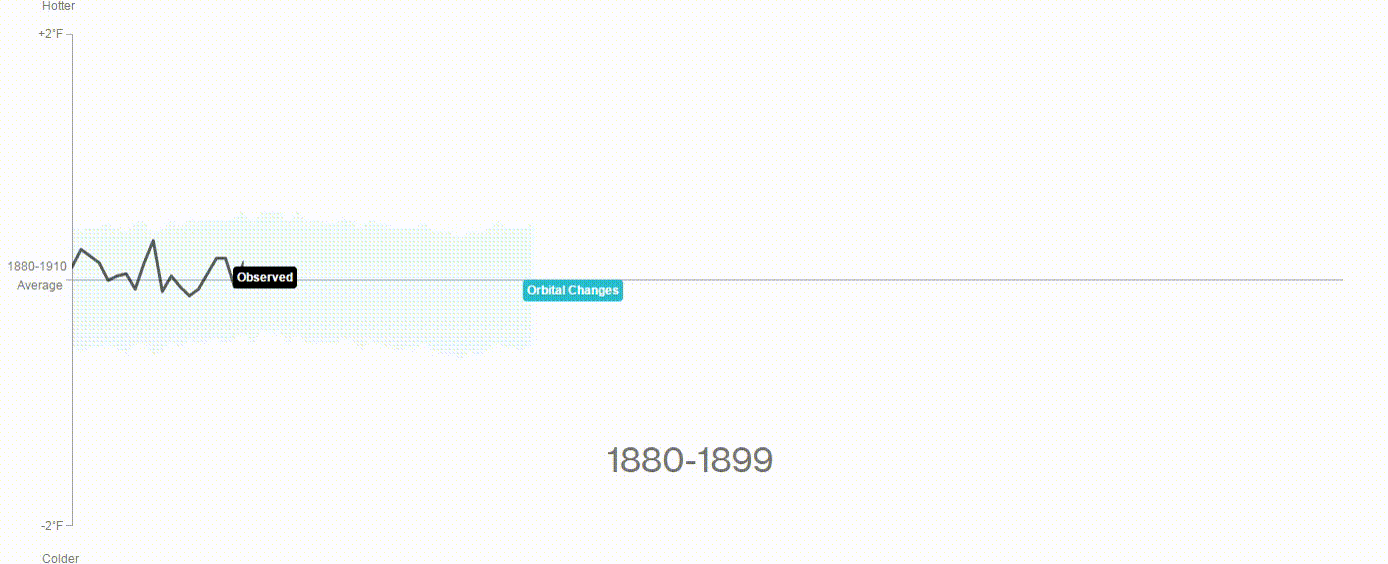
As shown above, the Earth has a slight variance in its orbit. We can account for this as shown above. As you can see, this has not tracked with the most recent climate change recorded for global average surface temperatures.
Solar Fluctuation Impact:
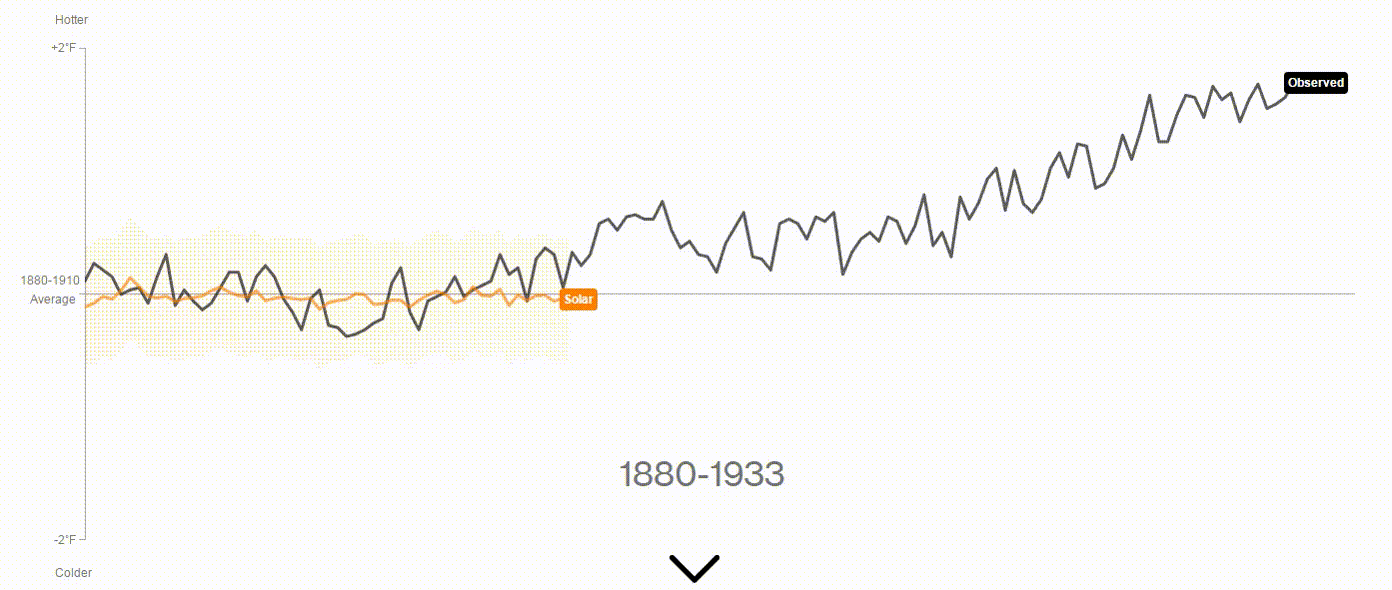
Some people like to cite solar minimums and maximums as the reason for the change in the climate. However, this has minimal impact on our climate.
Volcanic Eruption Impact:
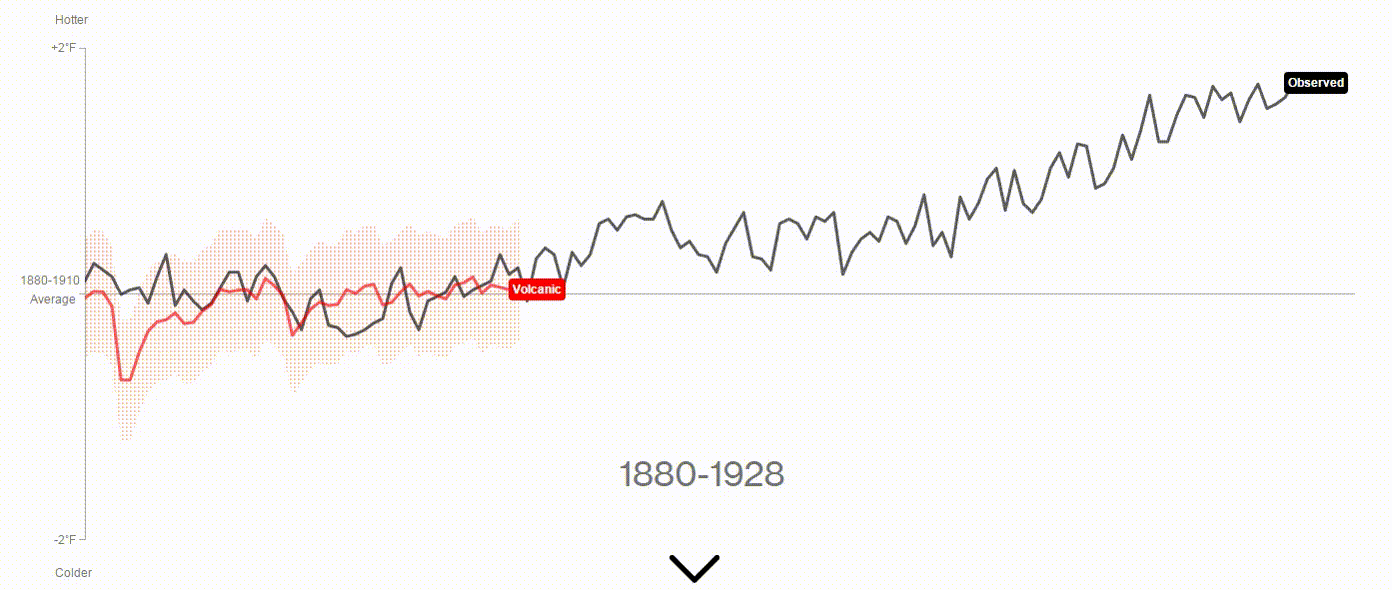
Other people like to cite volcanic activity. Unfortunately, we can track this rather well. Volcanic activity tends to have a net cooling effect due to albedo shifts.
Overall Natural Factors Impact:
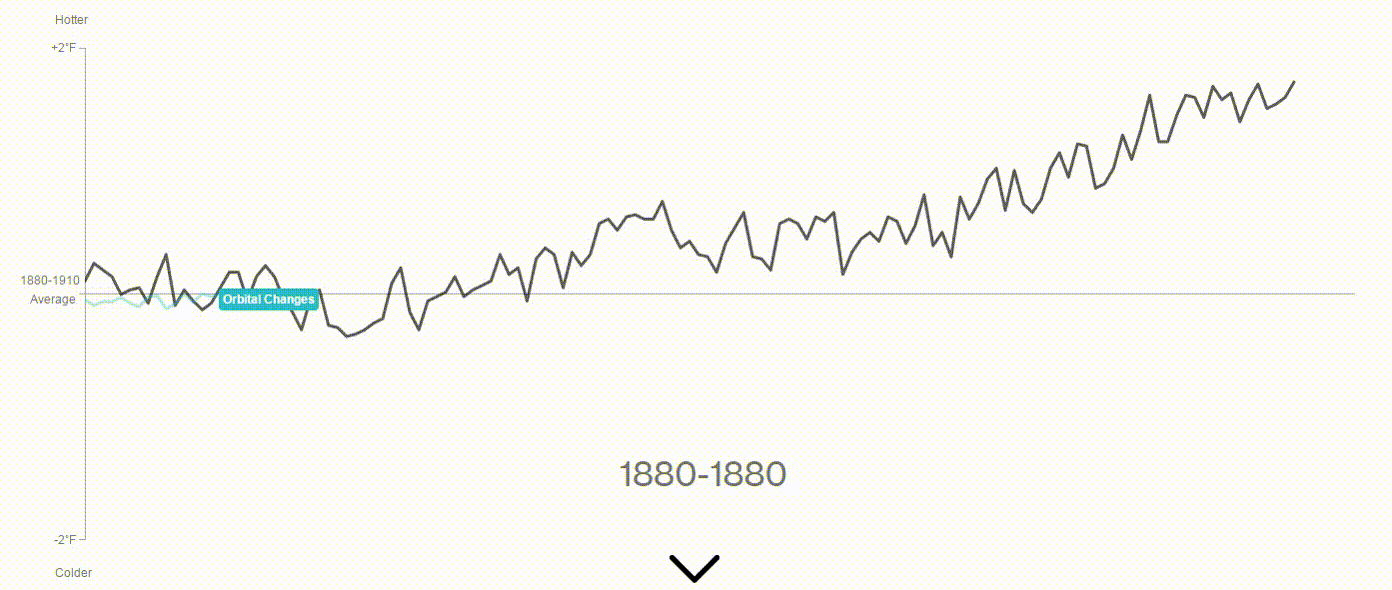
We can convolve these "natural effects" graphs for a net result. Unfortunately for us, it doesn't match our observed climate data. We've only considered natural sources.
Man-made Deforestation Impact:
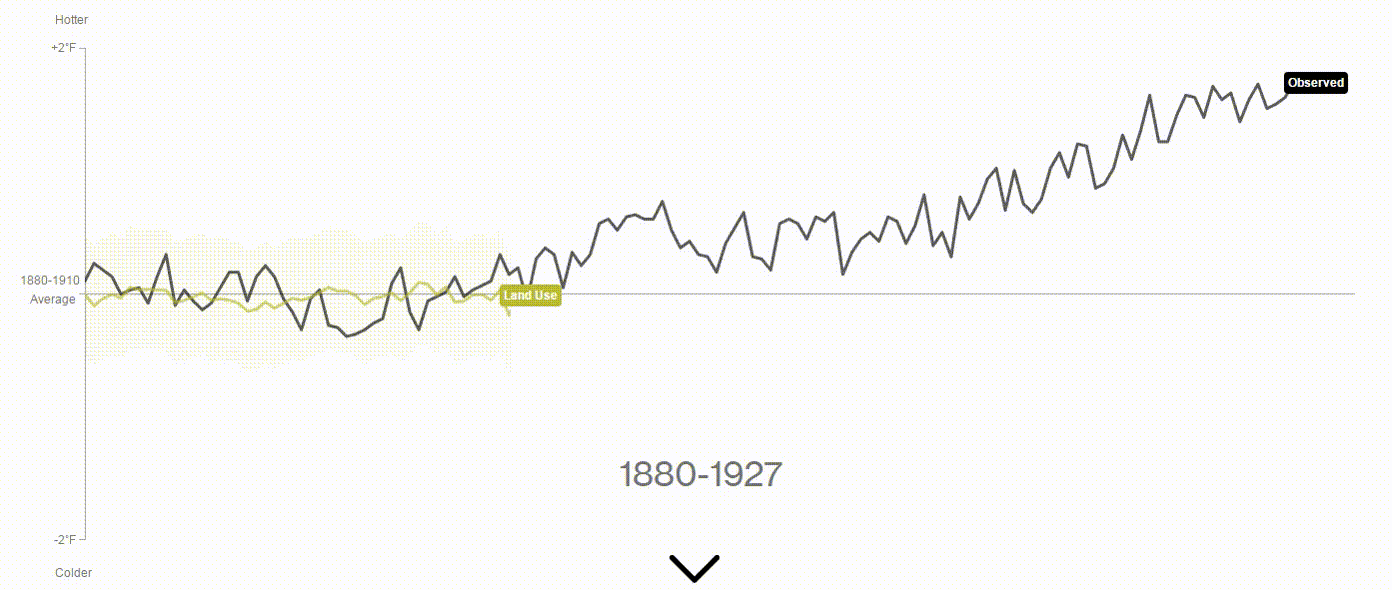
What if we look at deforestation? We see albedo shifts causing a net cooling effect again here. Trees are green, which absorbs solar energy more than light-colored sand, which tends to reflect light. While deforestation is a very bad thing, we do not see that as a cause of our temperature changes.
Man-made Ozone Level Impact:
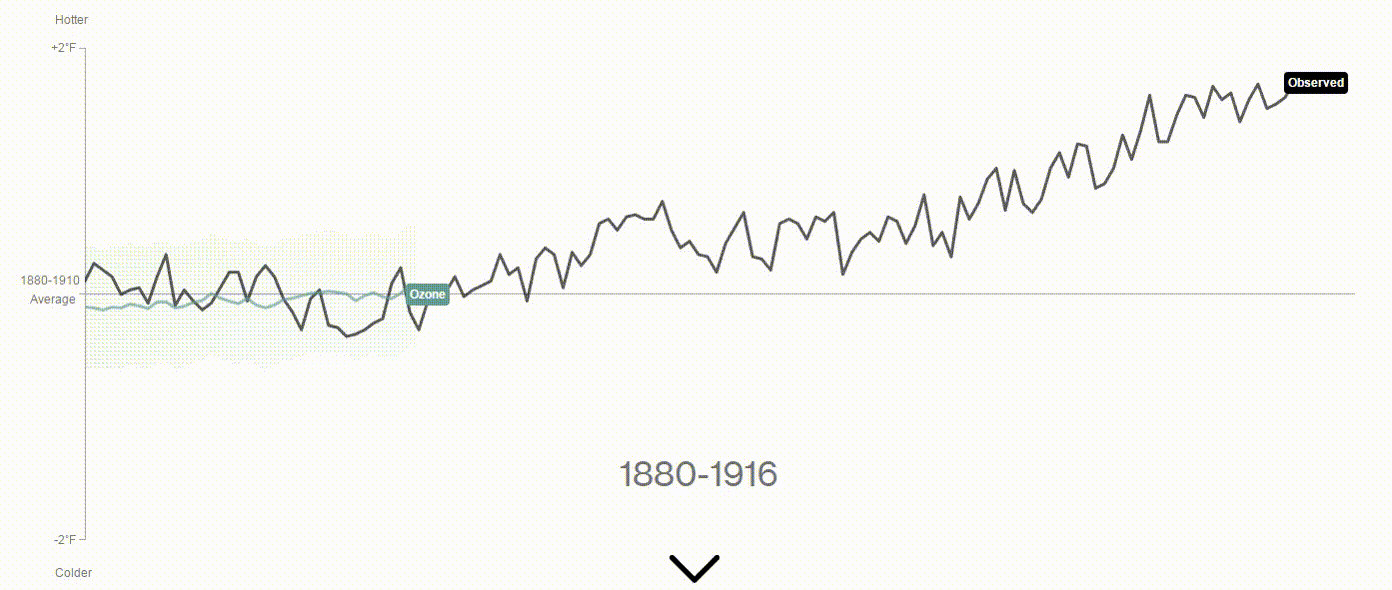
What about changes in the ozone layer? We're not seeing much change because of that.
Man-made Aerosol Use Impact
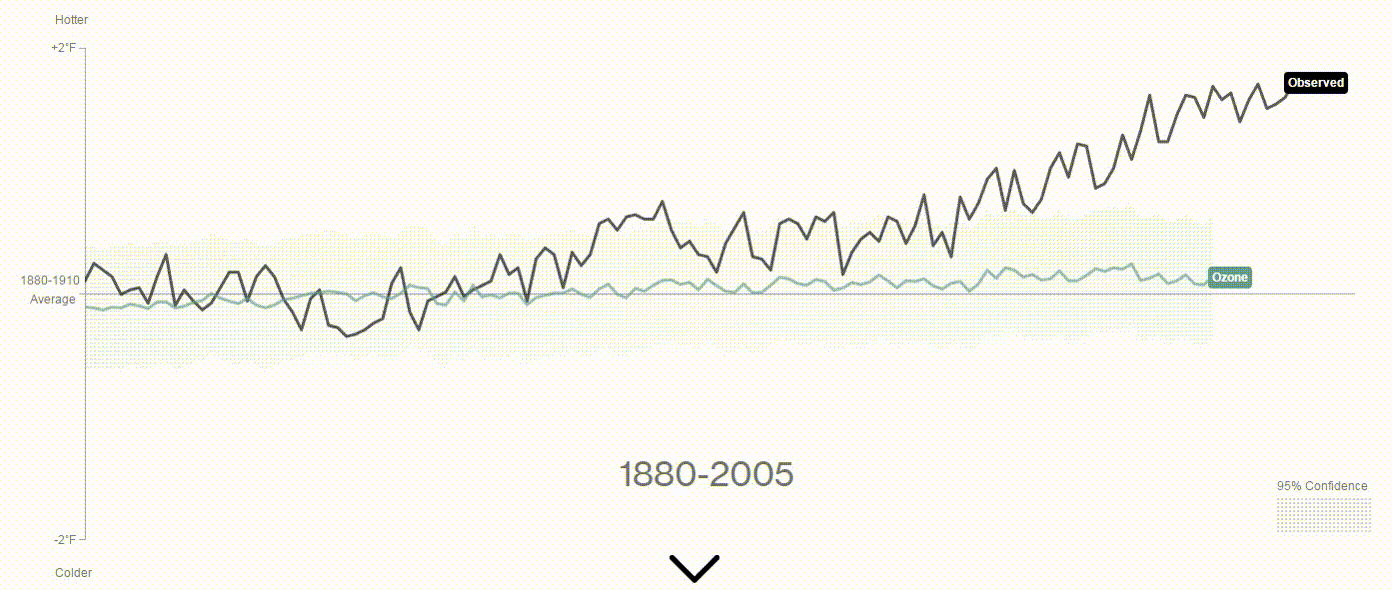
Similarly, we're not seeing heating from aerosol use either.
Man-made Greenhouse Gas Impact:
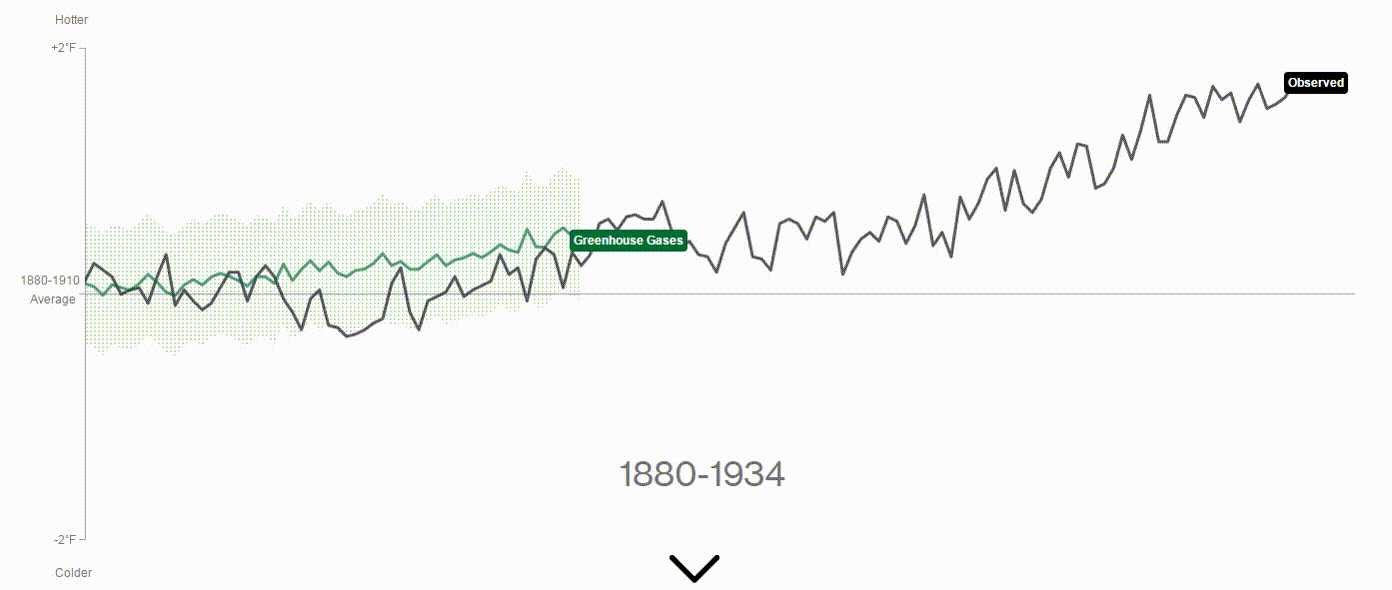
What about atmospheric CO2 levels? That tracks pretty closely to observed temperature trends. We see that observed temperature trends match atmospheric CO2 levels.
Man-made Impact:
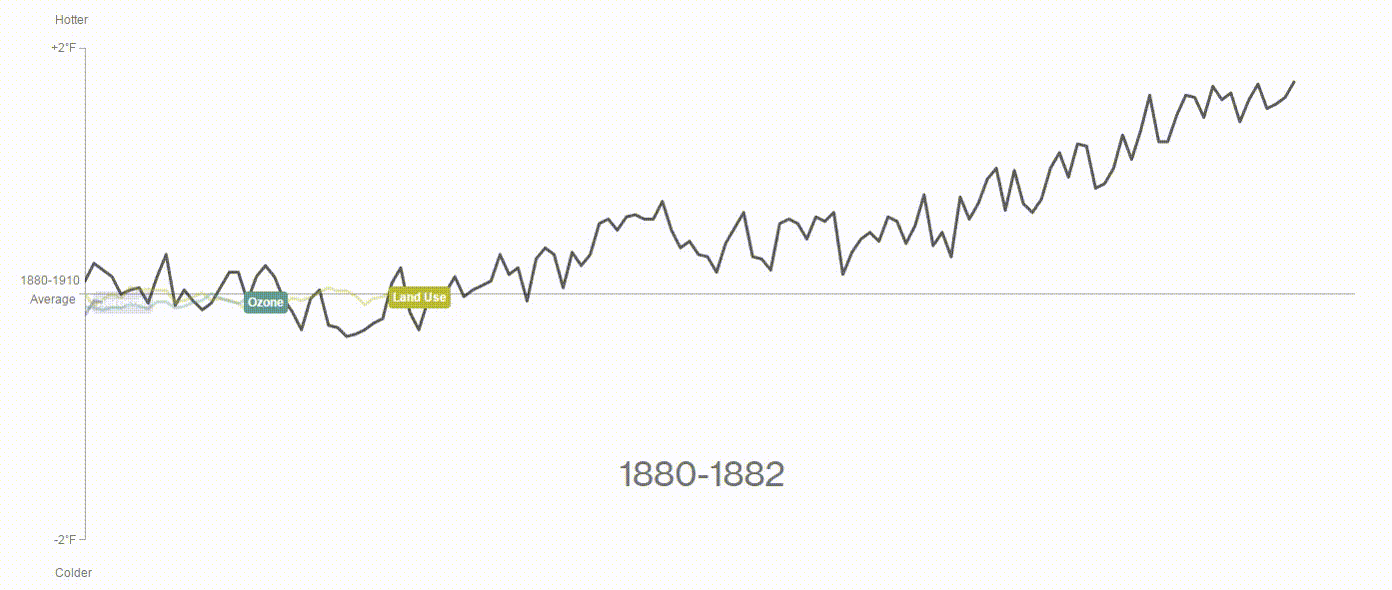
Let's mix deforestation, ozone, aerosol, and greenhouse gasses together. These are all of the human-caused factors for climate change. That matches pretty closely.
All Factors Combined:
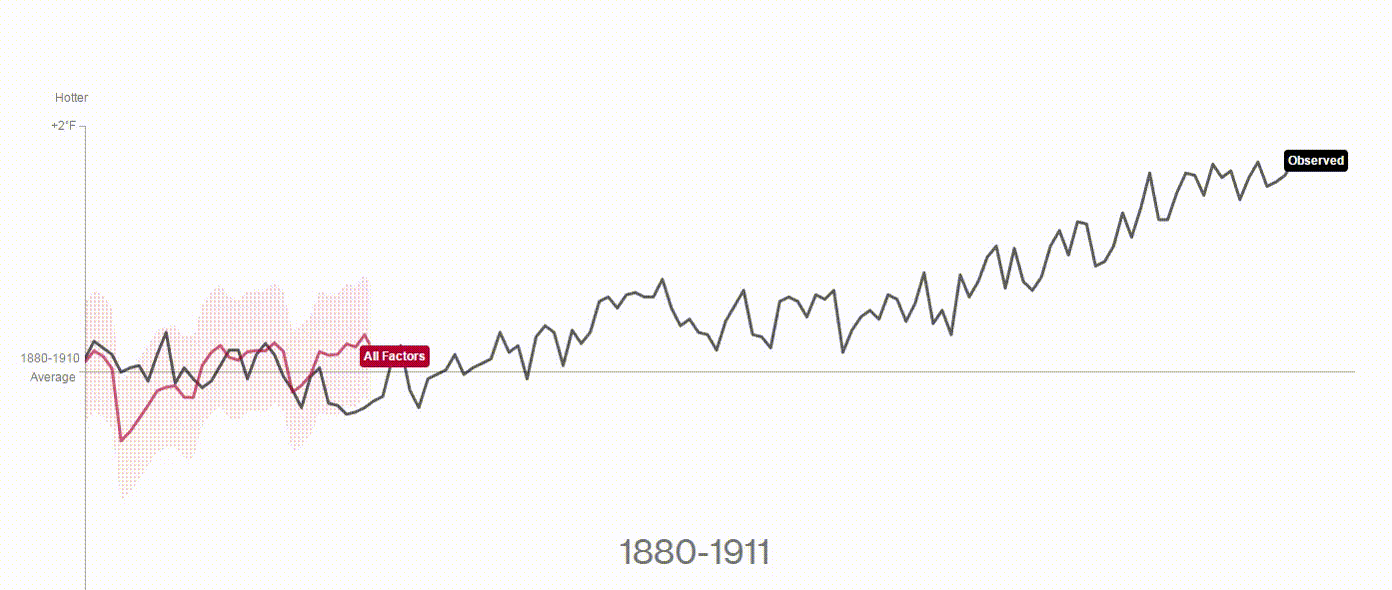
If we put all known calculated climate change factors together, we can see it comes extremely close to our actual observed data. This proves that we've accounted for sufficient data types to calculate for warming trends.
From this, we can conclude that atmospheric CO2 levels are the strongest driver of our warming trend.





Member discussion